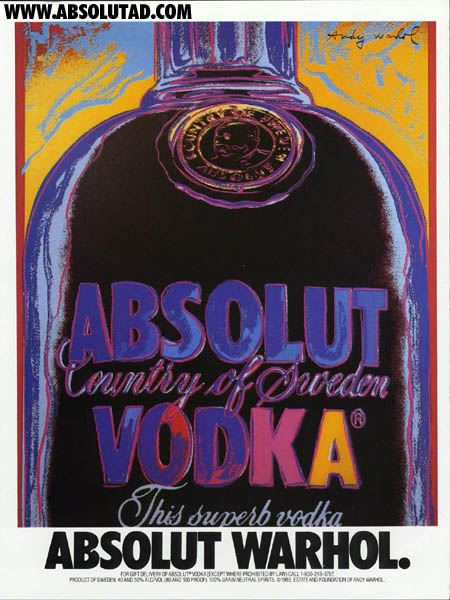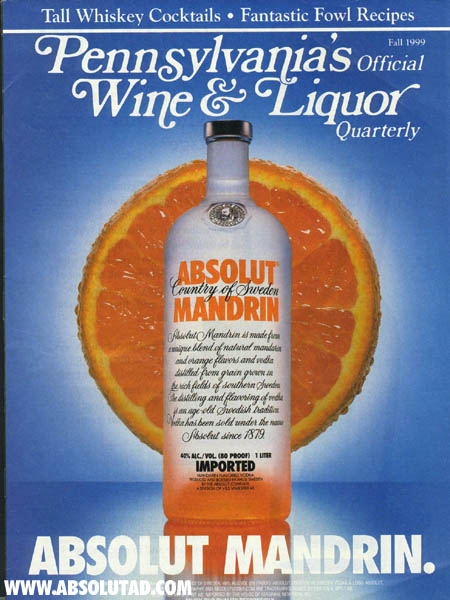Over at Terra Nova, Richard Bartle has asked folks to predict what will be going on in Virtual Worlds (VWs) and/or Massively Multiplayer Online games (MMOs) in 20 years. And while many prognosticators like to hem-and-haw and disclaim that, "Oh... I don't like to make predictions..." I, contrariwise, enjoy it immensely. In 20 years, who's gonna remember how wrong I was? And if they do, they'll be too busy gladiatorializing over petrol across a bleak landscape of sand, leather and feathers. So...
1. Overlays. VWs will increasingly allow for the overlay of real life (RL) information, advertising, content, connectivity and metadata. We're starting to see, now, that people can add virtual objects to Google Maps with SketchUp. Very soon (within 2 years), we'll see these objects and user-enabled advertising, metadata and links embedded in Google Earth and Google Street-Level maps. Within 3 years, we'll see a major VW like SecondLife (or Areae?) host a sim-perfect replica of a major metro, where you can then purchase VW real-estate that links to RL spaces and artefacts; right-of-first-refusal will be given to the RL owners of same. Within 5 years we'll have portable GPS + Wireless Web devices that provide virtual overlays of RL depending on choices we make. The "1900 World of NYC," for example, that overlays history and points of interest on your mobile device as you move around. The entire world becomes The Freedom Trail. Services will also include the ability to ping nearby users of the same overlay. Within 7 years (by 2015), always-on, mobile devices that present a wide-range of personal tagging options allow for rich, constant interaction on both the RL and multi-VW levels. By 2019, as more and more of our lives involve interaction at the virtual/data level, identity theft will be upgraded in terms of both the severity of the crime, and the amount of money, effort and time spent to control it. By 2022, wearable HUDs (either projected directly onto the retina or projected via one-way glasses) will provide overlays of constant, pinpoint information from your choice of VWs. Interaction with strangers who meet high levels of tag-matched data will become common, as you will be able to see everyone's 6-degrees-of-separation, their rankings on various services, what moode (combination of "mood" and "mode") they are in, etc. By 2027, most control and communications related to these devices is by gesture and sub-vocalizations (via tooth microphone). We constantly monitor and interact in those worlds that best suit our RL and our VLs.
2. Virtual Reality TV (VRTV). The popularity of shows like "Real Life," "Project Runway" and "Survivor," lead producers in 2011 to launch a series of VRTV products/shows where users (or groups of users) are screen-capped while involved in virtual reality exploits of all kinds. "Seduction Island" is the first successful venture; hosted on a private SecondLife island, contestants are graded by viewers as they attempt to seduce as many partners as possible during a 24-hour period. Positive ratings give players access to better skins, mods and bling. The success of the show prompts a "live" version, in which random audience members can IM with players over a 2-week period, during which teams of players take turns controlling one avatar. Other VRTV shows involve quiz-type game shows; artistic endeavors; political trolling; and a race for enormous teams (5,000+ players on each) to complete virtual "Wonders of the Un-World." By 2016 the popularity of these shows is so extensive that other, targetted entertainments become embedded within them. Howard Stern moves his shock-radio show exclusively to a VR game/world in which all players and the audience are immersed in a constant state of total "Dive to the Bottom." Rude, ridiculous, childish and violent acts give one more prestige and leveling-up requires driving out the more easily offended.
3. Mixed RL/VW events. Starting in 2009 with (essentially) the current SecondLife platform, event management groups begin to host RL events with VW features. The first of these to get any attention are created by "XRV Studios" in order to promote the opening of various art galleries around the world. At each RL opening, a VW construct with all RL art meticulously digitized is provided for guests who cannot attend the RL event. Cameras in the RL gallery provide context and communication for avatar guests. Terminals at the RL event allow live guests to interact with avatar guests. Music for both "side" is synchronized. By 2017 it is considered somewhat rude to not have a VR presence at a major event, and most fine-arts establishments and performance venues rely on VR revenue for at least half their net (ha ha) profits. By 2022, led by Cornell, most leading institutions of higher learning provide the majority of classes in both RL/VW overlapped settings, and do not distinguish between avatar vs. live attendance.
In 2027, Virtual protests at several major RL/VL political events lead to the creation of
the VFBI, whose main purpose is to keep the virtual peace. The VCIA, however, remains a nasty rumor...
4. User-Created Trumps Studio Content. In 2012, "Armagaedon," the first major MMO to feature a "blank slate architecture," allows players to take a world with basic elements, physical rules (which include magic as a physics), basic UI and modding tools, and have at it. Slow to get started, Armagaedon does, however, have an appeal to serious PvP players and RPers, because there is, essentially, nothing that isn't PvP (or guild-v-guild) or out-of-character. There is no backstory beyond, "You wake up in the world after the world you know went away." Out-of-character chatter is characterized, in the game, as "past-channeling." This isn't a game... it's *you* thrown forward into the misty future. Content creation tools and the rules for individual, group, guild and governmental ownership of content are so slick and grannular that all kinds of in-game systems of leverage and creativity flourish. The balance of combat vs. crafting in terms of pay-out in game-smack is so finely tuned that high-level engineers are just as sought after as tanks, healers, etc. In game publisher reps watch for particularly "qualitative" good activities and reward such with bonuses, thus making artistic, entertaining, dramatic "play" as much of a way to level as XP/grindage. Mini games crop up within the game and begin to attract casual players. By 2018, Armagaedon has passed WoW's previous record of 19 million players, as continent-level guilds begin to form. In 2019 an in-game engineer/priest discovers that there are other worlds in the Armagaedon universe that can be reached through tech/magic. The space race begins... By 2022, three other major blank-slate games have moved into the Nielsen MMO Top 10, and the combined revenue of these four games surpasses the other 6, as players are doing all RMT in game, sharing content creation profits w/ the game publishers. In 2027, "Pablo," a game that began in 2025 with no rules, no physics... nothing but connectivity and space... becomes the first MMO to win the Pulitzer Prize.
5. Fantasy Everything. In 2011, "5th Base," the first MMO Fantasy Baseball league to incorporate real-time virtual games based on player teams is launched. By 2014 it is a worldwide, billion-dollar industry. By 2020, more people play/watch fantasy baseball leagues based on RL stats than watch the actual games. Similarly, in 2011, porn-star Jenna Haze becomes the first well-known sex worker to license her image and voice for use in VR sex scenarios, creating an entire "tribe" of SecondLife escorts who look and sound like Jenna. The trend continues, with both legal and illegal crafting of online "avastars" to interact in a variety of adult, VR entertainments. By 2025, the ability of strip-off artists to recreate in perfect, virtual simulacritude, any star, living or dead, in any situation has become so common as to be unnoticed. In 2027 the Supreme Court rules that the virtualization of an RL person -- so long as no claim to other rights of the person him/herself is made -- is protected speech.
6. Duh. By 2027 virtual LOL cats account for approximately 10% of all Internet bandwidth usage.
(This is fun... I may do more. But now I must go do RL stuff).


 Tranny Wind, 2-year old avatar and virtual land barron
Tranny Wind, 2-year old avatar and virtual land barron.jpg) Arthur "Che" Lowenstein, Professor of Internet and Metaphor, Yale
Arthur "Che" Lowenstein, Professor of Internet and Metaphor, Yale
 Ambrr (Just Ambrr), Hot Single 4-2-meet-U
Ambrr (Just Ambrr), Hot Single 4-2-meet-U Alexa
Alexa
